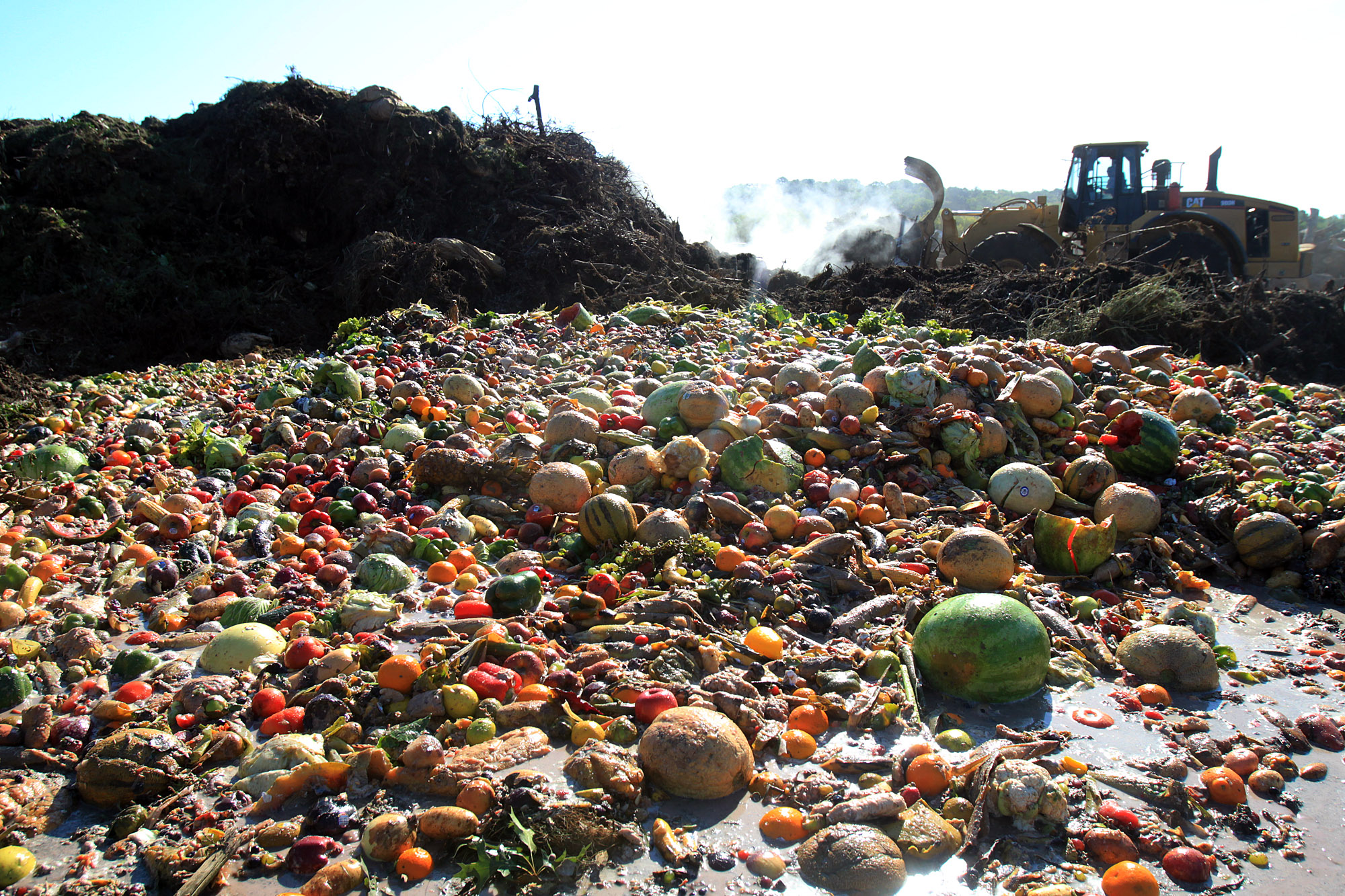Each year American families gather around a large table with family and give thanks. Many of the common items that we give thanks for are family, friends, health and life that we have. But, what is mother nature thankful for this year? I am sure that she is not very thankful for the food and decorations that we burn through to have a beautiful celebration. So what are some ways that we can appease her this Thanksgiving.
First we will start with the decorations and items needed for the traditional Thanksgiving feast. When you go to the grocery store be mindful of bringing a reusable shopping bag with you. Try getting away from using what the store provides you (paper or plastic) when you get to the checkout. Also when you are confronted with the easier option of prepackaged foods in the vegetable aisle try to steer clear. Take the extra few minutes or even seconds to bag your own vegetables from the section. And always be mindful of how much you are buying. You are only feeding your family not a whole army. Now moving onto when you get home and start setting up the table or buffet line try to be conscious of what you are using. Use cloth napkins and plates, but if you happen to run out of plates and have time to order try to find bamboo plates and cutlery.
So now that the table and food items are set let talk about our actions to the celebration as well as at the celebration. Over 42 million people will be hitting the road this Thanksgiving and I am pretty sure most of those cars on the road only contain one or two people. So how about we take a page out of our daily commute book and try carpooling. I am not saying that people should go out of their way to carpool, but if you know someone going to the same area or location why not tag along. We emit enough on a normal week or weekend much less on holidays. Once we are at the Thanksgiving celebration lets try to change the way we look at how much we have on our plates. Yes... Thanksgiving is about over indulgence but we can still indulge while being mindful. The NRDC estimates that 40 percent of the Thanksgiving feast ends up thrown away each year. So how about we take a step back from those large helpings and just go back for seconds and shoot maybe event thirds. But if we over load our plates and don't finish everything all of that foods goes right into the trash. while on the other hand if you were to leave it in the pan or dish it could then just become leftovers. Also, while we are on the topic of conservation how about we take it easy on the water this year. Remember we in California are still in a drought. Only pour water when it is needed.
Now we are to the grand finale of "greening" your upcoming Thanksgiving feast; avoiding food waste. We are all guilty of having food waste especially on this day of thanks. But, we will help you with trying to make a difference and limit your food waste as much as possible. There are a few options that are easy and conventional while others are out of the box. To start off with try composting your food scraps, since this is the easiest option. If you are not a fan of composting try freezing your excess leftovers. Sure turkey sandwiches after Thanksgiving are good, but what about the stuffing. After three days in a row of that for lunch you may want to pull your hair out, but if frozen your leftovers can be kept for longer and used down the road. Now we move on to the out of the box ideas out there where you are able to send your uncooked leftovers to someone in need as well as donate leftover produce so that it doesn't go to waste. If you are interesting in sending your uncooked leftovers try out the organization City Harvest. They will take packaged goods that you didn't cook as well as prepared foods that were not served. Once donated they share the food with those that are less fortunate. If you would just rather donate your extra produce check out AmpleHarvest.org. The organization is worldwide and all you need to do is to download the app and find out where you are able to drop the items off at. And last but not least the animals. Sure your dog enjoys being fed by the kids at the kid table, but those aren't the animals that I am talking about. I am talking about zoo animals! Rhinos and zebras like turkey day too! Contact your local zoo if you have one and see if they will take your leftovers for the animals.
At the end of the day you don't need to try all of our recommendations that are outlined here we are only trying to help you make a difference in which ever way possible. We want to make sure that mother nature is as thankful as we are for what we have.






